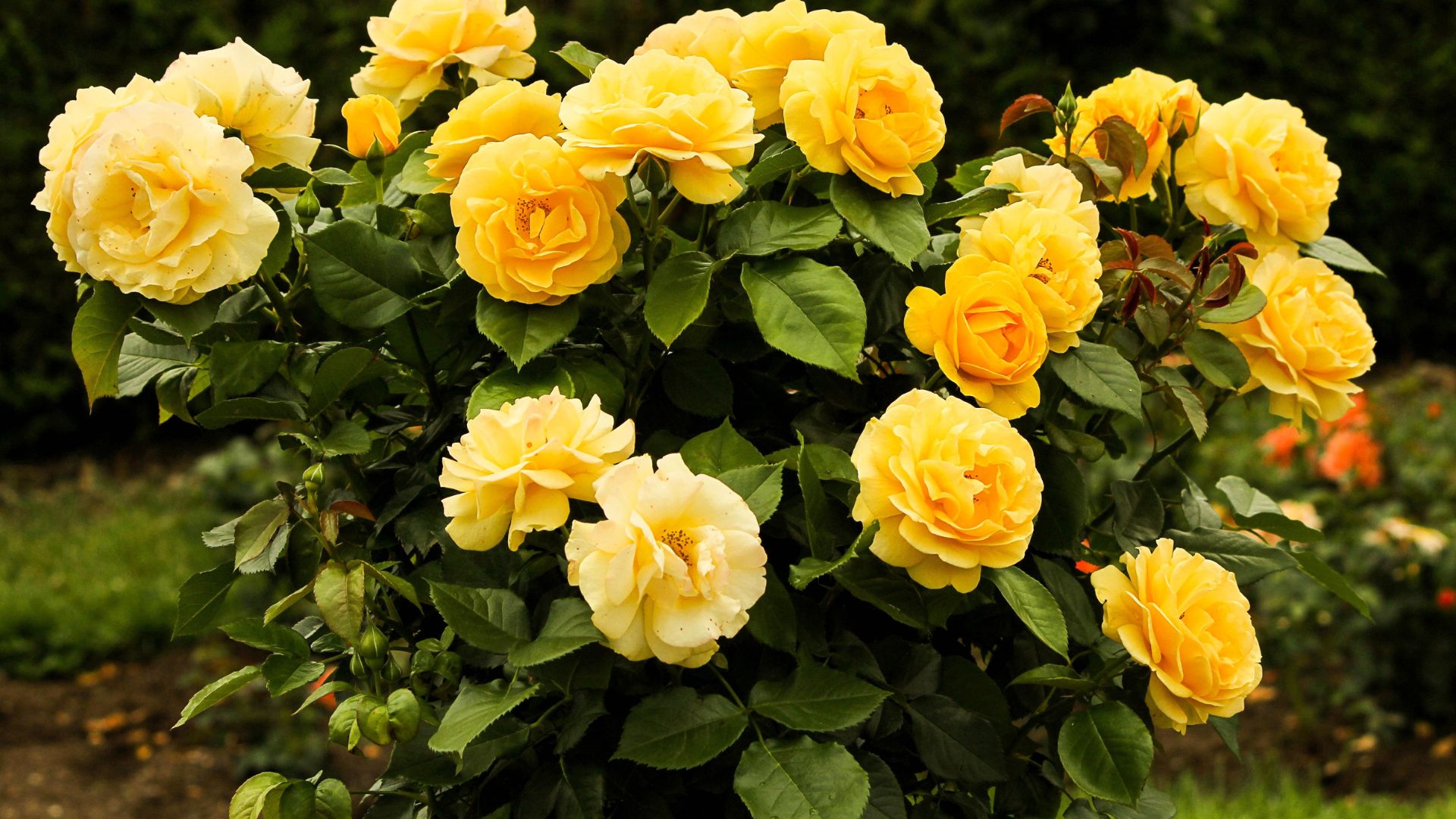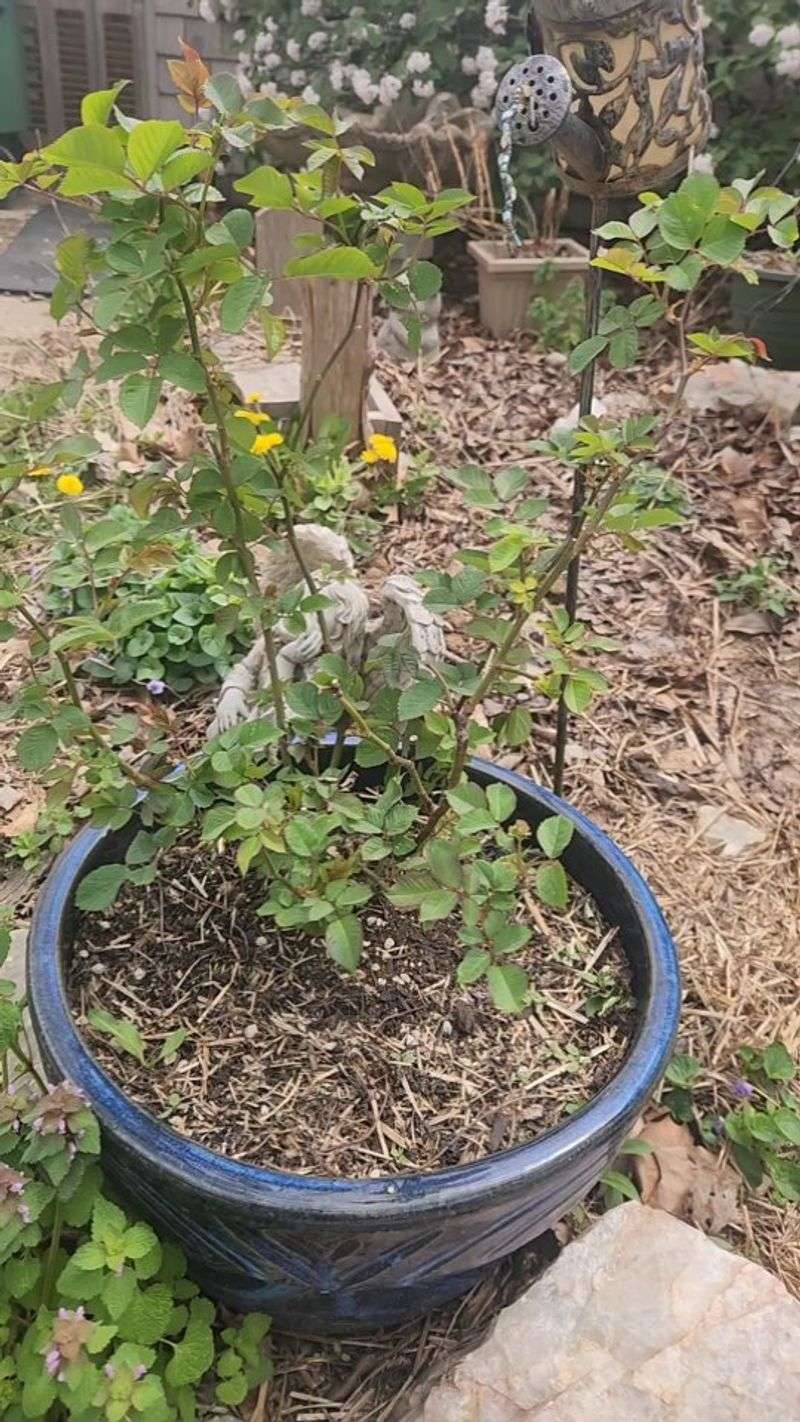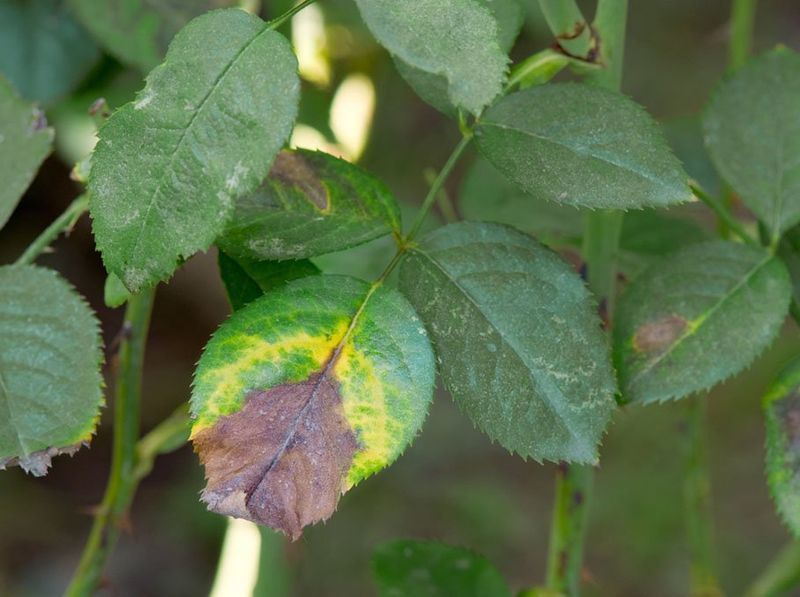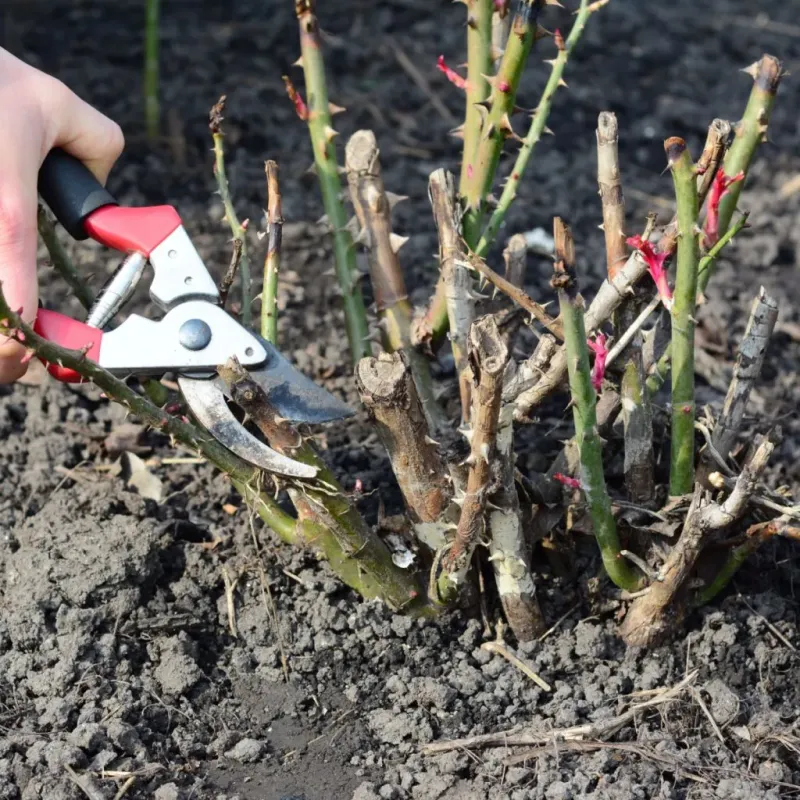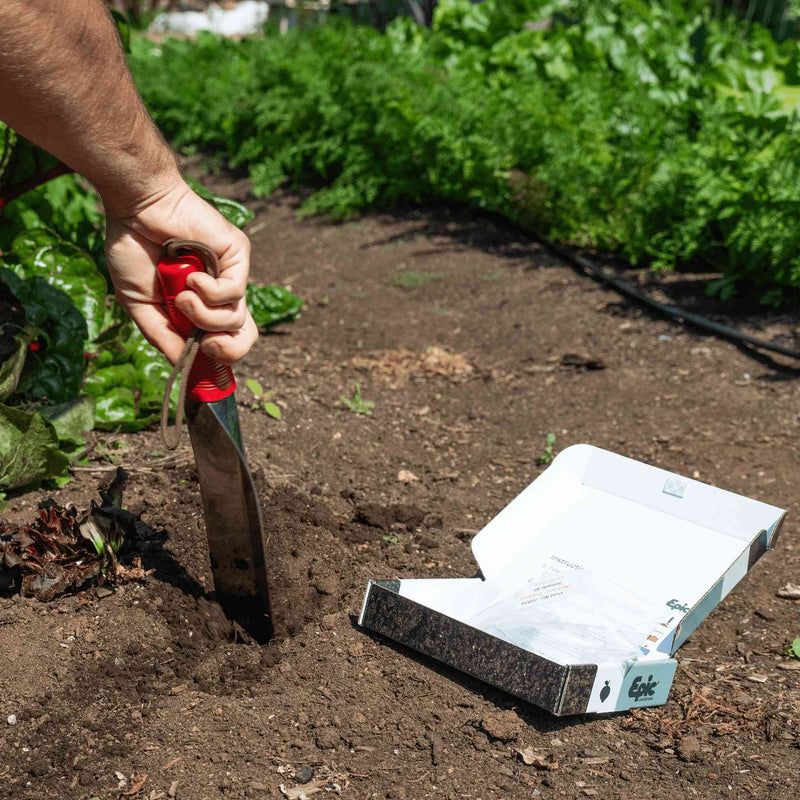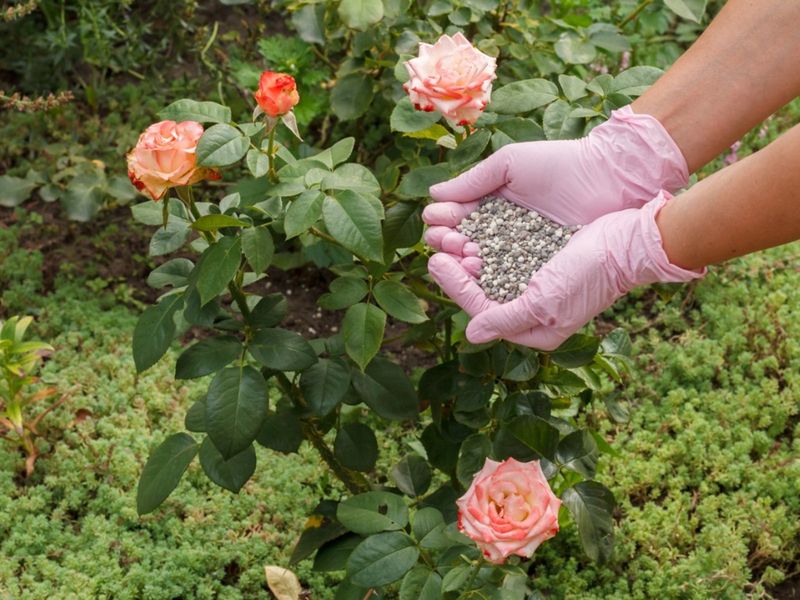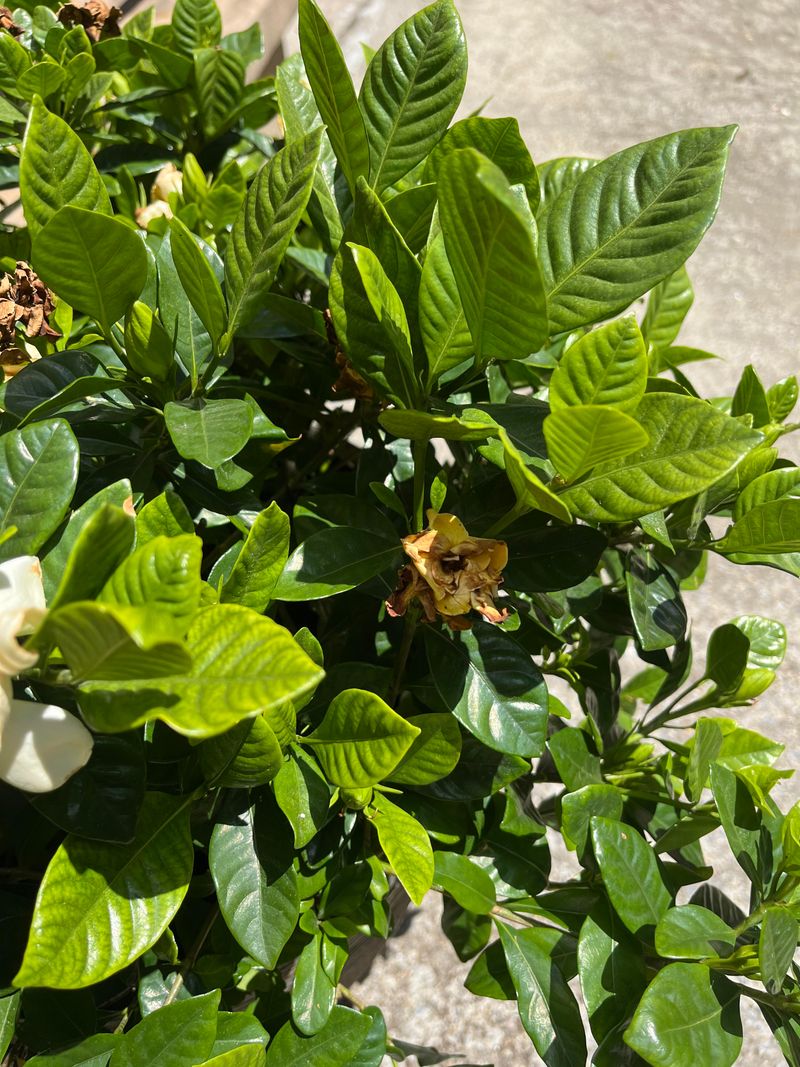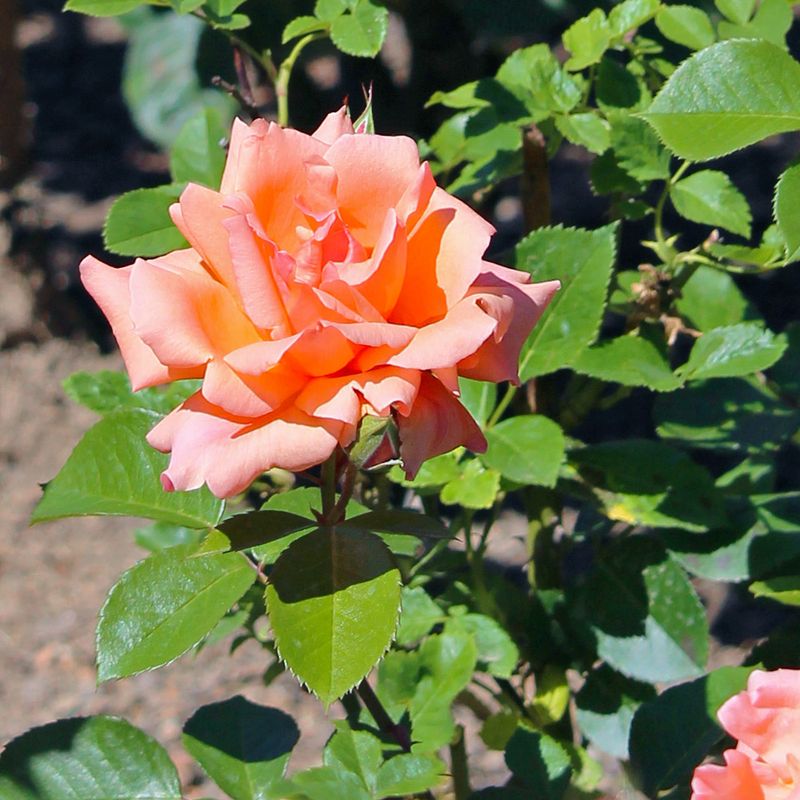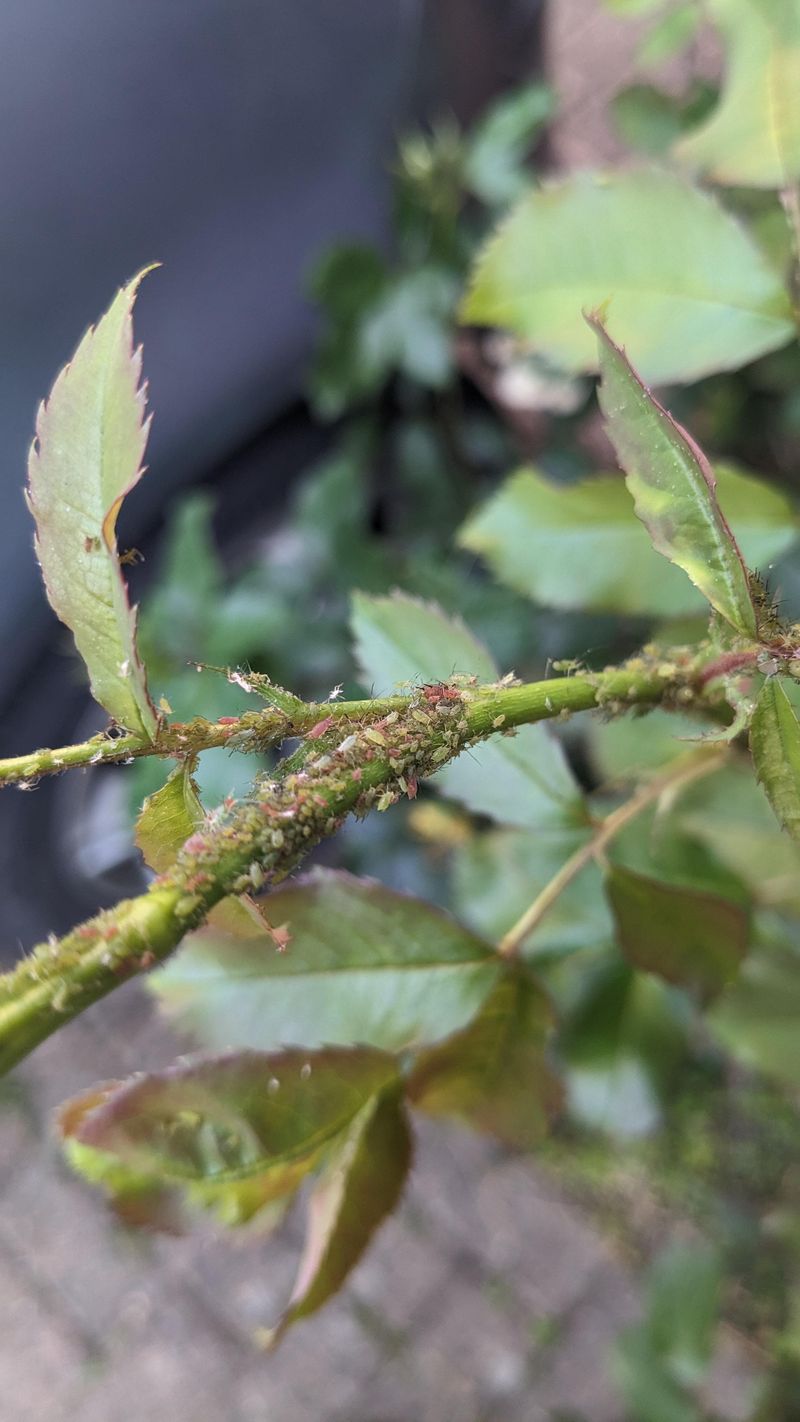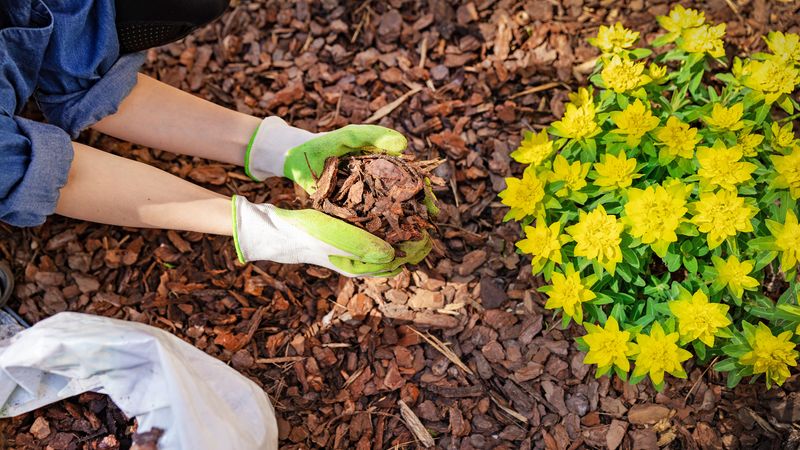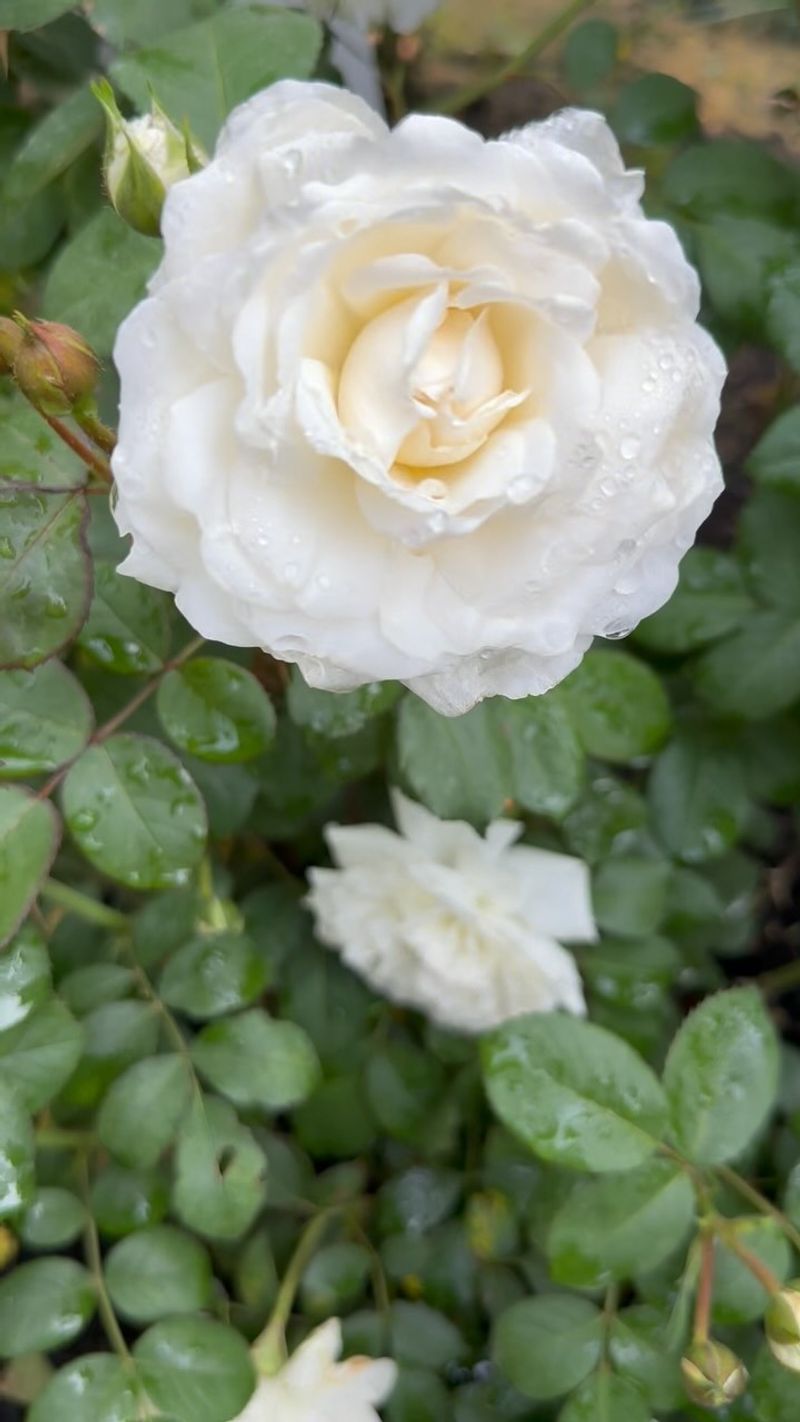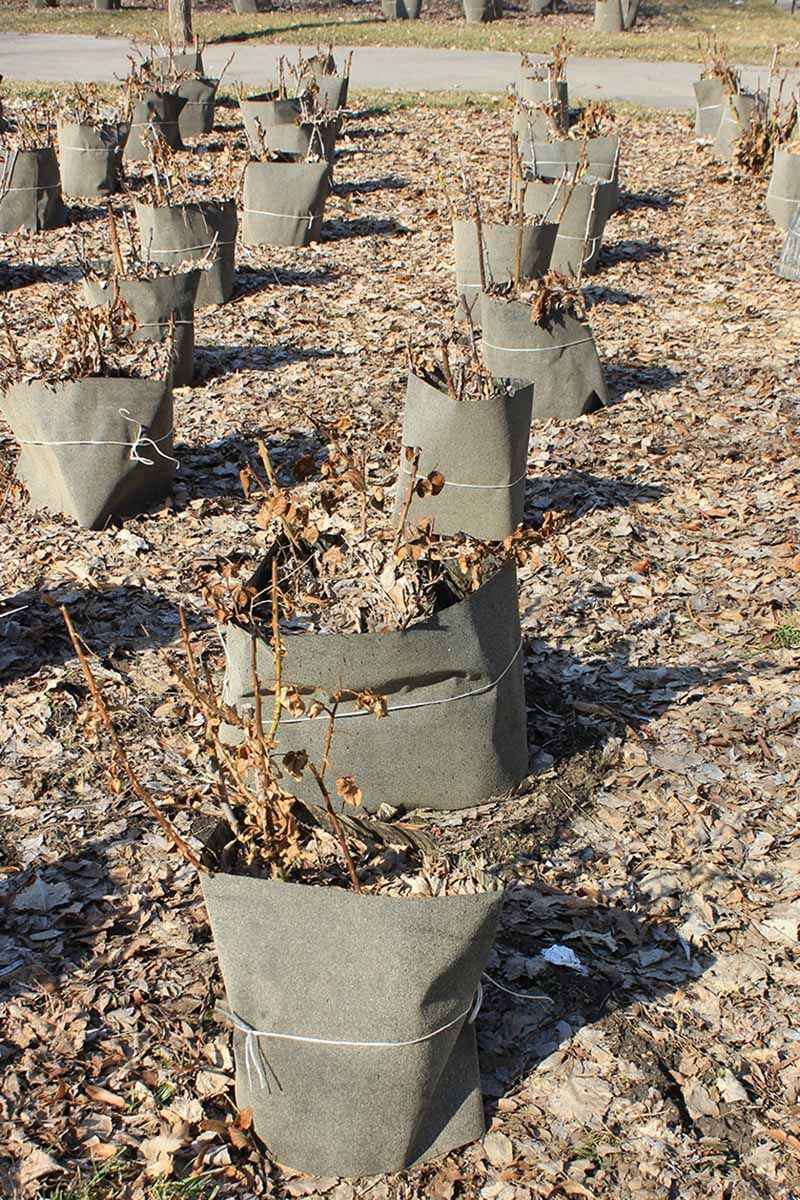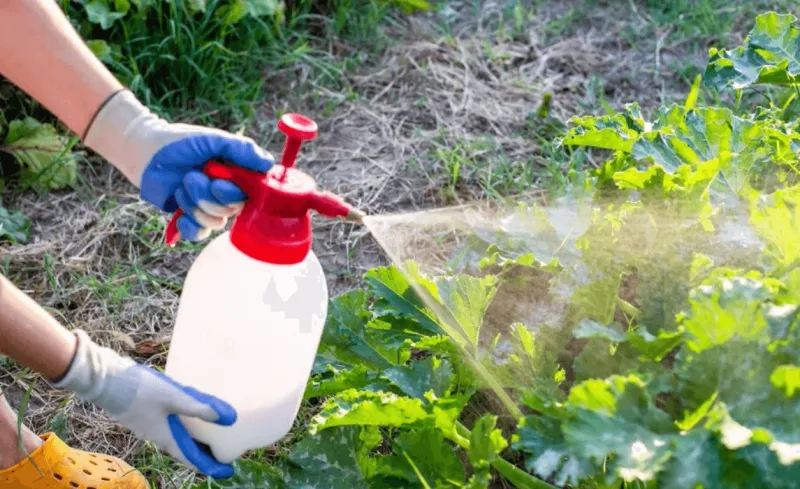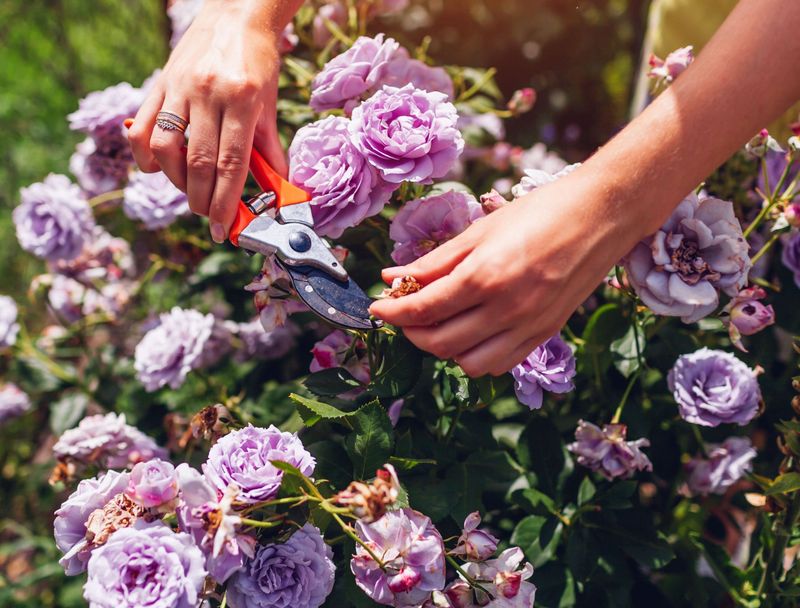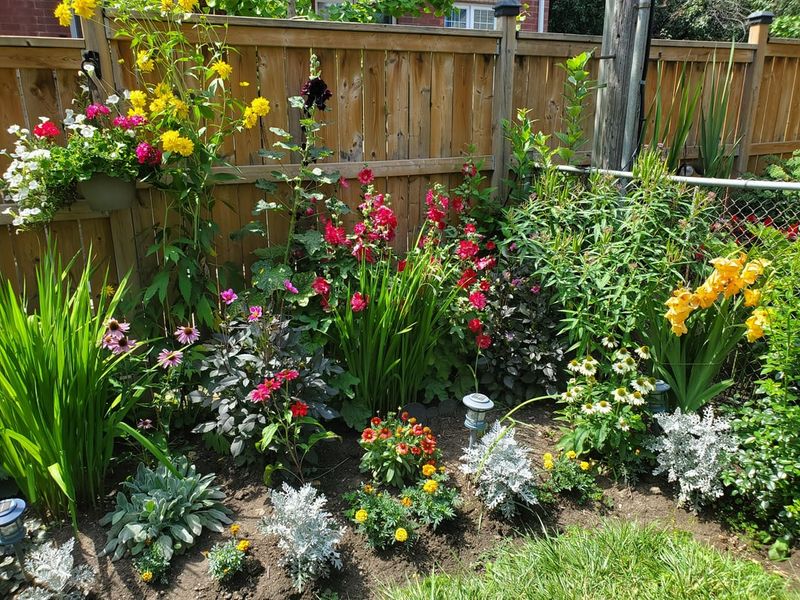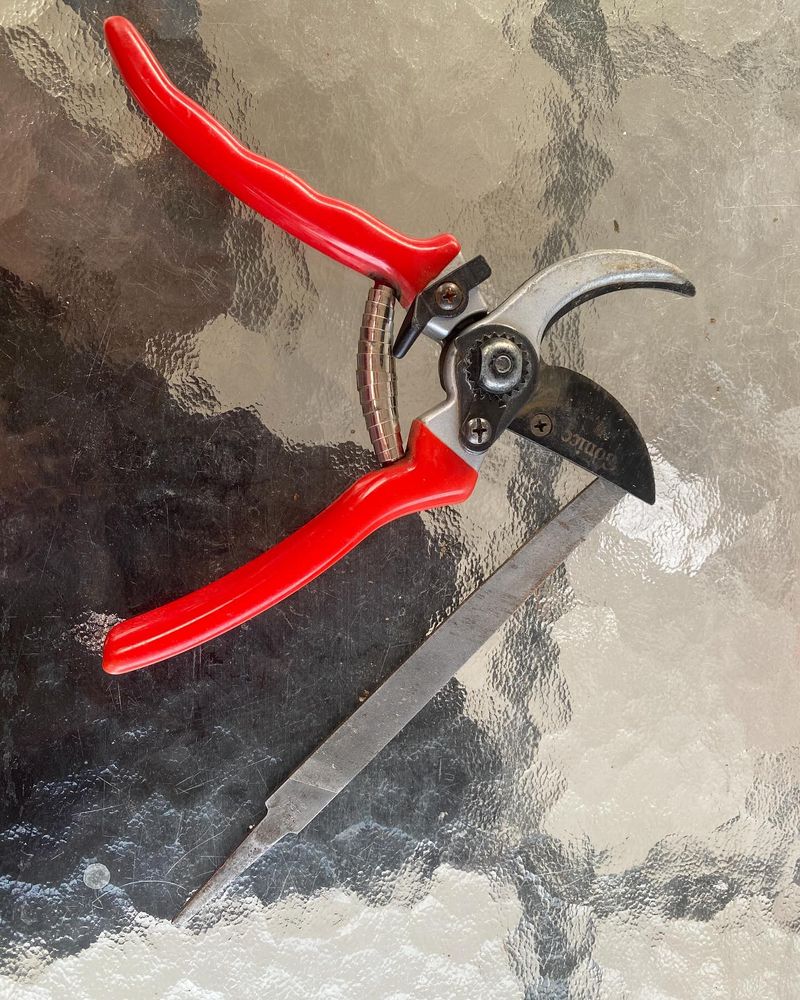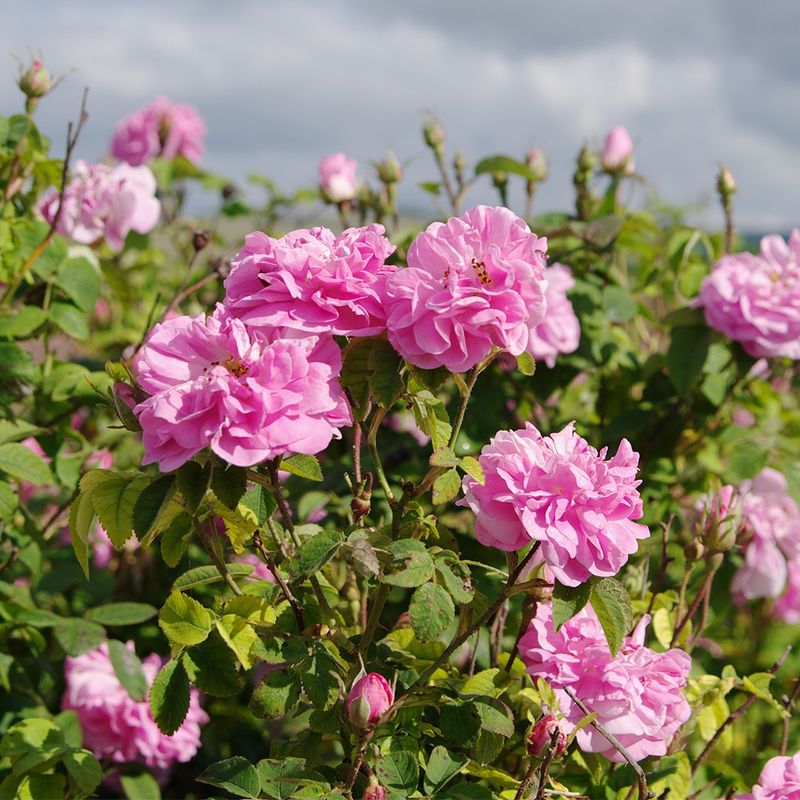Growing beautiful blooms doesn’t need to feel like rocket science. Many garden enthusiasts unknowingly sabotage their flowering friends through simple, avoidable errors that gradually weaken plants over time.
I used to think my green thumb had limits until discovering most garden failures stem from habits we don’t even realize are harmful. These seemingly innocent practices might explain those disappointing performances year after year.
Below, we’ll explore exactly sixteen common missteps that might be quietly undermining your garden’s potential. With small adjustments to your routine, you’ll likely see dramatic improvements in health, bloom quality, and overall garden satisfaction.
1. Improper Watering Habits
Drenching the leaves instead of focusing on the roots creates the perfect environment for fungal diseases to flourish. Many gardeners mistakenly believe a quick daily sprinkle is sufficient.
The truth? Deep, infrequent watering encourages stronger root systems. Aim to provide about 2 inches of water weekly, preferably in the morning so foliage dries before evening.
During summer heat waves, you might need more frequent watering, but always check soil moisture first by inserting your finger about an inch deep – if it’s dry, it’s time to water.
2. Skipping Regular Inspections
Walking past your garden without taking time to really look creates blind spots where problems multiply unchecked. I once ignored my bushes for three weeks during a busy period and returned to find an aphid invasion that took twice the effort to address.
A quick daily scan takes just minutes but catches issues when they’re manageable. Look under leaves, check stems, and notice any discoloration.
Make this part of your morning routine – coffee in hand, walking the garden – and you’ll develop an intuitive sense for when something’s not right.
3. Wrong Pruning Timing
Cutting back at the wrong season can eliminate the very buds that would become next year’s flowers. Different varieties have different pruning needs – a fact I learned the hard way after accidentally removing all potential blooms on my climbing variety.
Most modern repeat bloomers benefit from major pruning in late winter or early spring before new growth appears. Heritage varieties often need pruning right after their flowering cycle ends.
When in doubt, research your specific variety’s needs or simply deadhead spent blooms and remove damaged branches until you’re certain of timing.
4. Overlooking Soil Quality
Your garden soil might be secretly sabotaging growth despite your best efforts elsewhere. These flowering beauties are surprisingly hungry plants that deplete soil nutrients rapidly.
Heavy clay suffocates roots while sandy soil drains too quickly. The ideal growing medium is loamy, slightly acidic (pH 6.0-6.5), and enriched with organic matter.
Consider getting a soil test through your local extension office – it’s usually inexpensive and reveals exactly what amendments your specific garden needs rather than guessing and potentially making imbalances worse.
5. Fertilizer Misuse
More isn’t always better when it comes to feeding your plants. That lesson cost me an entire bed of yellowed, burned foliage after I doubled the recommended dose thinking I was giving them extra love.
Over-fertilizing damages delicate root systems and can actually reduce flowering. Under-fertilizing leads to weak growth and fewer blooms.
Follow package directions precisely, typically applying balanced fertilizer when growth begins in spring, again after first bloom cycle, and lightly in mid-summer. Stop fertilizing about two months before your first expected frost to allow plants to harden off properly.
6. Ignoring Sunlight Requirements
That shady corner might seem perfect for garden planning, but insufficient sunlight leads to leggy growth and disease susceptibility. These sun-lovers need at least six hours of direct light daily to produce abundant blooms.
I’ve watched neighbors struggle for years with sickly plants before finally relocating them to brighter spots. The transformation was remarkable – from sparse, weak specimens to robust flowering machines.
If your yard has limited sunny areas, consider container gardening which allows you to move plants to follow the sun, or choose shade-tolerant varieties like ‘Gruss an Auchern’ that can manage with 4-5 hours instead.
7. Poor Air Circulation
Crowding plants together creates a humid microclimate where fungal diseases thrive. Black spot, powdery mildew, and rust spread rapidly when leaves can’t dry properly after rain or morning dew.
Maintain at least 3 feet between bushes and prune the centers to create an open, vase-like structure. This simple maintenance task dramatically reduces disease pressure without chemicals.
Last summer, I removed two bushes from an overcrowded bed rather than fighting constant disease issues. The remaining plants flourished with their newfound breathing room, producing more blooms with less care needed.
8. Neglecting Pest Management
Tiny invaders can decimate your garden before you realize what’s happening. Aphids, Japanese beetles, and thrips aren’t just annoying – they transmit diseases and stress plants significantly.
Regular inspection lets you catch problems early when they’re easier to manage. I keep a spray bottle of insecticidal soap ready for immediate response to aphid colonies.
Consider introducing beneficial insects like ladybugs or lacewings as your first line of defense. They provide natural, chemical-free pest control while creating a healthier garden ecosystem that becomes increasingly self-regulating over time.
9. Improper Mulching Techniques
Piling mulch against stems creates a perfect environment for bark rot and pest hideouts. The infamous “mulch volcano” has killed more plants than drought in many gardens.
Keep organic mulch 2-3 inches away from stems while maintaining a 2-3 inch depth throughout the bed. This perfect balance suppresses weeds and retains moisture without suffocating the crown.
My preference is composted hardwood mulch applied in spring after soil warms. It breaks down gradually to improve soil structure while protecting roots from temperature extremes – a win-win that reduces watering needs by up to 30%.
10. Choosing Incompatible Varieties
Not all varieties thrive in every climate. That gorgeous catalog specimen might be completely unsuited to your growing conditions, leading to constant struggles and disappointment.
Research hardiness zones, disease resistance, and heat tolerance before purchasing. Local nurseries typically stock varieties proven successful in your region.
I’ve learned to prioritize disease resistance over perfect bloom form after spending years fighting black spot on susceptible varieties. Modern shrub roses like ‘Knock Out’ and ‘Drift’ series offer impressive resilience with minimal care, making them perfect for busy gardeners in challenging climates.
11. Inadequate Winter Protection
Winter damage often doesn’t show until spring when it’s too late to prevent. In colder regions, unprotected canes can suffer dieback that significantly reduces bloom potential.
After the first hard frost but before the ground freezes, mound 8-12 inches of soil or compost around the base. This insulates the crown and graft union where next year’s growth originates.
For extra protection in zones 5 and colder, add a layer of straw, evergreen boughs, or rose cones after the mounding. Just remember to remove these materials gradually in spring as temperatures warm to prevent premature growth that could be damaged by late frosts.
12. Incorrect Planting Depth
The union point where the plant is grafted needs precise positioning relative to soil level. Too deep and it rots; too shallow and it freezes in winter.
In most regions, the bud union (the knobby part where stems meet roots) should sit 1-2 inches below soil level. This provides protection while allowing proper air circulation.
When transplanting potted specimens, gently remove the container and loosen circling roots before placing in a hole twice as wide as the root ball. The extra width allows roots to establish quickly in loosened soil while proper depth ensures long-term survival.
13. Aggressive Chemical Treatment
Reaching immediately for harsh chemicals creates numerous problems beyond environmental concerns. Beneficial insects disappear, leaving your garden vulnerable to worse infestations later.
My neighbor’s aggressive spraying schedule eliminated not just aphids but also their natural predators. The following year brought a massive spider mite outbreak with no ladybugs remaining to help control it.
Consider integrated pest management instead. Start with the least toxic options like strong water sprays and insecticidal soaps, reserving stronger treatments only for severe problems. You’ll create a healthier ecosystem that increasingly manages itself.
14. Inconsistent Maintenance
Sporadic care creates stress cycles that weaken plants over time. These garden favorites respond best to regular, predictable maintenance rather than neglect followed by intensive intervention.
Establish a simple weekly routine – perhaps Sunday mornings – to deadhead spent blooms, check moisture levels, and inspect for problems. This consistency prevents small issues from becoming major setbacks.
I keep basic tools in a dedicated bucket near the door as a visual reminder. This small organization trick has transformed my maintenance from “when I think about it” to a satisfying ritual that keeps plants thriving with minimal time investment.
15. Disregarding Companion Planting
Surrounding your flowering beauties with the wrong neighbors can create competition for nutrients or attract problematic pests. Thoughtful companion planting, however, enhances growth and natural pest resistance.
Garlic, chives, and marigolds naturally repel aphids and Japanese beetles while attracting beneficial insects. Lavender and catmint provide beautiful contrast while deterring deer browsing.
Avoid planting near trees and shrubs with aggressive root systems that compete for water and nutrients. The perfect companions create a balanced ecosystem where each plant contributes to the health of its neighbors.
16. Improper Tool Sanitation
Using dirty pruning tools transfers diseases between plants with frightening efficiency. Last year, I watched black spot spread through an entire garden after the owner pruned with contaminated shears.
Clean tools between plants with a solution of one part bleach to nine parts water, or use 70% rubbing alcohol for quick disinfection. This simple step prevents spreading problems throughout your garden.
Keep pruners sharp as well – clean cuts heal quickly while ragged cuts from dull blades create entry points for disease and stress plants unnecessarily. A small investment in quality tools pays dividends in plant health.
17. Ignoring Local Climate Conditions
Fighting against your local climate creates unnecessary frustration and waste. Those gorgeous English varieties might struggle terribly in hot, humid southern regions while desert gardeners face different challenges entirely.
Work with nature rather than against it by selecting varieties bred for your specific conditions. Modern breeding has created options for nearly every climate, from humid coastal areas to dry mountain regions.
My garden transformed when I finally embraced our hot, humid summers by selecting varieties with glossy, disease-resistant foliage rather than continuing to battle black spot on susceptible European types that were never meant for our conditions.

